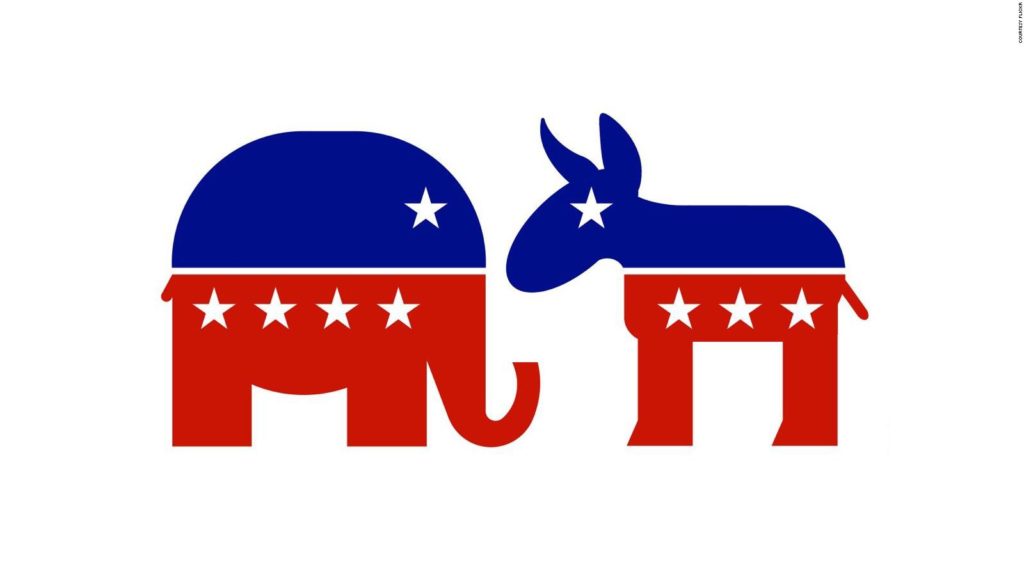VOTING, ELECTIONS…and Math
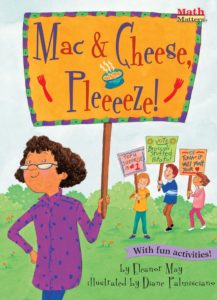
|
Eleanor May’s Mac & Cheese, Pleeze! (Kane Press, 2008) is an upbeat exercise in election math as Caitlin’s class holds a Lunch Election, with each kid campaigning for a chosen main dish. Among the contenders are Turkey Wieners, Tofu Surprise, and Caitlin’s own Mac & Cheese. As Caitlin plugs her favorite, she devises quick tricks for calculating the rapidly changing numbers of supportive voters. For ages 6-8. |
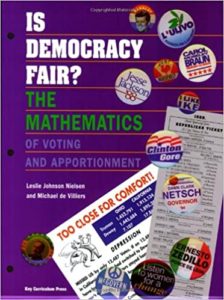
|
Is Democracy Fair? by Leslie Johnson Nielsen and Michael de Villiers (Key Curriculum Press, 1997) is an activity-based 150+-page text on the mathematics of voting and apportionment – that is, problems created by different voting methods and election decision procedures, and problems pertaining to apportioning equitable numbers of representatives to the U.S. House. A thought-provoking meld of math, history, and politics with many project suggestions for ages 12 and up. |
|
The Mathematics of Voting covers fairness criteria, voting methods, and ranking procedures, all with explanations and exercises. For ages 12 and up. |
|
See Voting and Elections from the American Mathematical Society. For teens and up. |
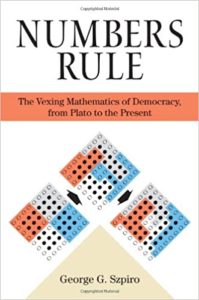
|
George G. Szpiro’s Numbers Rule (Princeton University Press, 2010), subtitled “The Vexing Mathematics of Democracy from Plato to the Present,” is a fascinating in-depth look at elections and voting methods, combining biography, human interest, history, and – yes – math. Learn about ancient Greek murder trials, Lewis Carroll’s take on voting, and how to choose a pope. For older teenagers and adults. |
|
From the New Yorker, Win or Lose discusses various voting methods and reviews Szpiro’s book. |
POLITICAL CARTOONS
Just as no man is a hero to his valet, no politician is a hero to a political cartoonist. Those cartoons provide lots of food for thought. Especially in an election year.
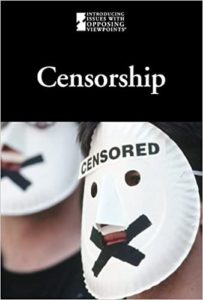
|
From Greenhaven Press, the Examining Issues Through Political Cartoons series includes themed volumes on Abortion, Censorship, The Death Penalty, The Environment, Euthanasia, The Great Depression, Illegal Immigration, Iraq, The Nazis, Terrorism, The Vietnam War, and Weapons of Mass Destruction. For ages 12 and up. |
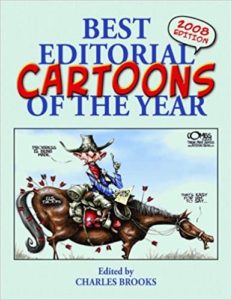 |
Edited by Charles Brooks, Best Editorial Cartoons of the Year (Pelican Publishing), issued annually, is a thought-provoking collection of the best, covering a broad range of political and social topics. For teenagers and adults. |
|
From the Association of American Editorial Cartoonists, Cartoons for the Classroom has many downloadable cartoon-based lesson plans, cartoon evaluation worksheets, and blank cartoons (invent your own captions). |
|
Interpreting Political Cartoons in the History Classroom is a general guide to understanding and analyzing political cartoons. Included are teaching suggestions and printable worksheets with sample cartoons. |
|
From the Library of Congress, Political Cartoons has lesson plans, a teacher’s guide, historical political cartoon collections, and more. |
WHO SAYS YOU’RE TOO YOUNG TO VOTE?
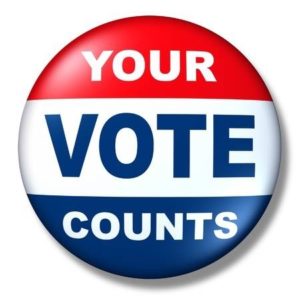 |
The University of Virginia’s Youth Leadership Initiative – an online resource for civics teachers – has lesson plans for grades K-12, an interactive legislative simulation (“E-Congress”) in which participating kids can bring a bill to law, a political campaign simulation (“A More Perfect Union”), and a mock election in which registered participants can vote for senators, representatives, state governors, and president. |






